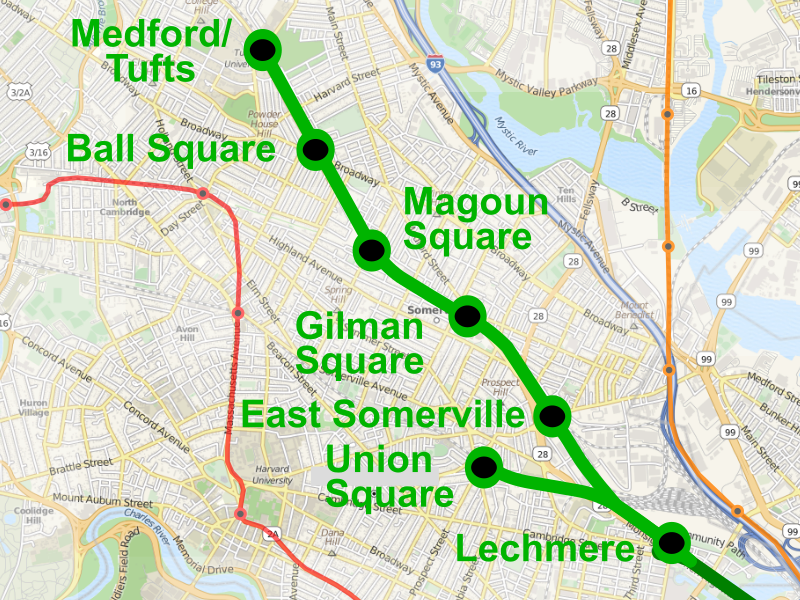
( April Sikorski ) / CC BY-SA 2.0 )
By Deanna Pantin Parrish
American democracy is an almost 250-year-old dispute between “We, The People” and those elected to represent us.
Since America was an idea, voting has been a central mechanism for defining our collective identity and determining its representation. In the Federalist Papers, Alexander Hamilton penned that it was for Americans “to decide … whether societies of men are really capable or not of establishing good government from reflection and choice, or whether they are forever destined to depend for their political constitutions on accident and force.” Nowhere is this “reflection and choice” more salient than in the voting booth. Voting is what gives us membership in our democracy. It is, quite literally, the room where it happens: where the dispute of America is exposed and engaged.
Dr. Martin Luther King, Jr. recognized voting’s key role in navigating the dispute of democracy. In his 1957 “Give Us the Ballot” speech, he describes voter suppression as a “denial of [a] sacred right . . . . a tragic betrayal of the highest mandates of our democratic tradition.” The soaring chorus of the speech, “Give us the ballot and we will no longer have to worry…Give us the ballot, and we will no longer plead…” suggests that the obstacle between the Black community and justice was the ballot box. This speech helped ring into being the 1965 Voting Rights Act (VRA), a law widely considered to be the cornerstone of the second reconstruction, described by President Lyndon B. Johnson as “a triumph for freedom as huge as any victory that has ever been won on the battlefield.”
However, as historian Nicholas Creary has said, “oppression doesn’t end, it adapts.” In 2013 in Shelby County v. Holder, the Supreme Court invalidated a key feature of the Voting Rights Act, after a long-term legal campaign. States have also imposed stricter voter ID laws, cut voting times and locations, and purged voter rolls. Although the myth of voter fraud has been debunked again and again, policies geared at chasing this ghost of an issue all disproportionately impact people made marginalized, including the very Black voters at the heart of Dr. King’s speech.
To borrow a term from the 4th Circuit, this thwarting of democratic participation has an almost “surgical precision.” It is by design.
Dispute Systems Design and Democratic Participation
If oppression can be designed, perhaps so too can its undoing. The central tenets of dispute systems design (DSD) may assist us in this thorny endeavor. Though DSD work is often situated in the context of alternative dispute resolution, Professor Jen Reynolds writes that “whenever someone attempts to systematize, at any level of formality and permanence, a process for managing conflicts, preventing, or dealing with disputes, or making decisions, that person is engaged in DSD.” DSD’s principles of “fairness, efficiency, stability, and wisdom” make it a particularly apt guide for helping us fulfill the promise of democracy, and specifically its central mechanism: the voting process. In fact, these are different—and likely more fitting—criteria for evaluating access to the ballot box than the obstructive design principles guiding the designers of partisan gerrymandered districts.
Through a DSD lens, at least three ideas emerge about voting and resolving the dispute at the heart of our representative democracy.
We are the stakeholders.
Any dispute systems design process begins with a conflict assessment, the primary goal of which is for all concerned parties to gain a deeper understanding of the interests, goals, and dynamics at play in the relationships relevant to the live conflict. This process depends entirely on accessing and engaging with stakeholders relevant to the dispute. In fact, a core DSD principle is to “engage stakeholders—including users—in design and implementation.” Without their voices, there would be no ability to gain a robust understanding of the current conflict or to leverage this expertise in the design of a new system.
What if in American democracy, voters were seen as the relevant stakeholders? As taxpayers who contribute to our country’s funding and functioning, ours are the voices that should be consulted, first and also frequently, in the assessment of our democracy. It is through our voices, and our votes, that this conflict can be properly assessed or addressed. Lani Guinier and Gerald Torres wrote that “ongoing collective action by ordinary people can permanently alter the practice of democracy by changing the people who make the law and the landscape in which that law is made.” DSD reminds us that if a key stakeholder or group is not engaged in the assessment, then the designed system is lacking in legitimacy. Therefore, a democratic system would be most legitimate when its structure and functioning is directly based on all the perspectives and experiences of its taxpayers.
Our elected officials are tasked with design work, which necessarily centers stakeholders.
DSD literature describes assessors’ roles as necessarily “facilitative” and “communicative,” centering skills including active listening, conflict engagement, and knowledge of the issues most relevant to the stakeholders. These same qualities make assessors particularly skillful designers and implementors of new systems for engaging conflict.
Our elected officials are dispute systems designers, tasked with assessing, designing, and implementing complex systems for our representation and protection. Under a DSD frame, their work would necessarily be guided by “fairness, efficiency, stability, and wisdom.” At a personal level, their performance, and reelection, would depend on their ability to actively listen and respond to stakeholder concerns. If this were true—that stakeholder engagement was considered essential to engaging with and resolving tensions of a representative democracy—voter suppression might not continuously sprout across generations as a seemingly indestructible weed.
Our democracy, like any affective dispute system, should be accountable and adaptive.
In DSD, accountability is considered a benefit and end in of itself. In fact, to implement the core tenets of accountability and justice, designers need to view a DSD as an institution that will be subject to ongoing assessment and adaptation. Ongoing assessment creates opportunities for stakeholders to voice shifting interests and identify improvements, and for a system to adapt accordingly.
Voting is ultimately a holistic referendum on how well our leaders are doing their design and implementation work. Though voting’s role as a check on our elected officials has been dismissed as insufficient under the current incentive structure, a DSD frame may shift these levers. If voters, as stakeholders, were explicitly enrolled in holding elected officials, as designers, accountable for system operation, it may be that instead of politicians choosing their constituents, taxpayers may have a promise of choosing their leaders. Perhaps with these new roles, and new mandates informed by DSD, not only would the process of voting shift, but so too might the distribution of power.
Peering at American democratic participation through a DSD lens would empower voters as stakeholders and elected officials as dispute system designers, and in so doing, facilitate a more representative and responsive democracy through increased accountability.
Deanna Pantin Parrish is Lecturer on Law at Harvard Law School and a Clinical Instructor at the Harvard Negotiation and Mediation Clinical Program. She is a certified mediator and member of the District of Columbia Bar










I could not agree more. Holding our elected officials accountable for the job we have entrusted to them is what we must do. By turning out the vote in this current election, I am hopeful that this message may be getting thru. We have to make sure people know their vote is their power and it will be counted. Reimagining and redesigning is overdue but
hopeful.
Thank you for this article.